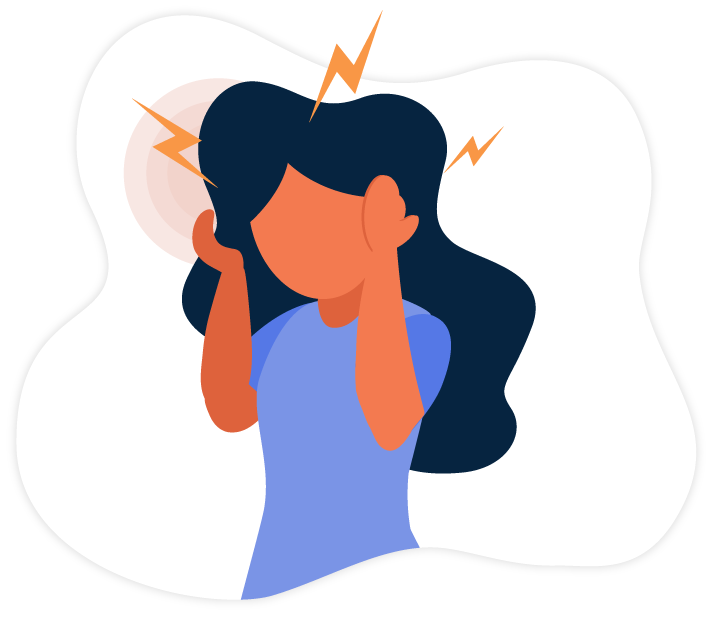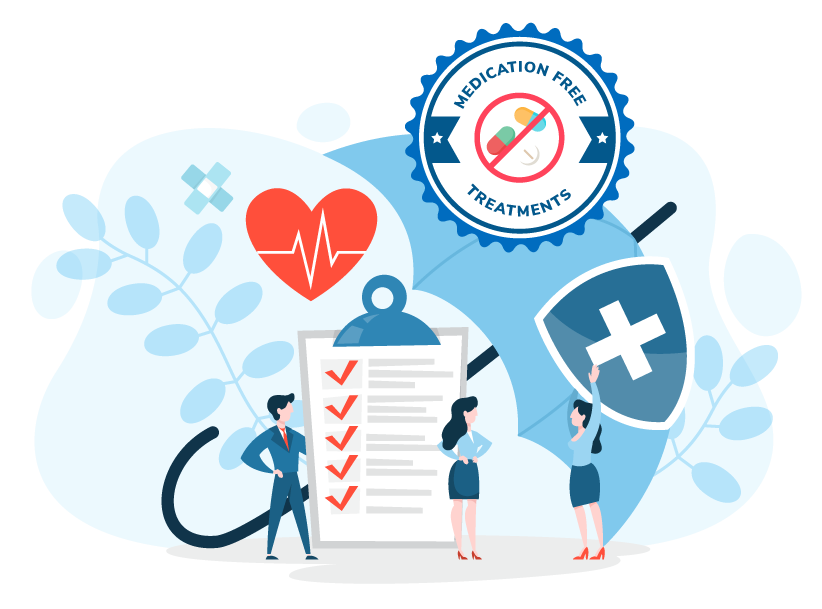Migraines Explained
What Are Migraines?
Migraines are a type of recurring headache that can range in severity from mild to debilitating. They’re most commonly felt on one side of the head and may cause pulsing or throbbing sensations, as well as nausea, vomiting, and sensitivity to light, sound, and smells. Migraine episodes typically last between 4-72 hours and can interfere with daily activities.
Migraines often commence during teenage years and most affect those aged 35-45 years. It can however affect children and infants, as well as the elderly 1.
Migraine is an incredibly widespread but often underestimated health concern, with a global prevalence of 14.7%. Even more concerning is that it affects women three times as much compared to men and 1 in 7 people will suffer from at least one migraine attack during their lifetime 2. Due to the high prevalence, this condition is more common than diabetes, epilepsy and asthma combined 3. It is also more common in females and affects women three-times more than men 4.
The staggering financial costs coupled with the unbearable physical symptoms make this condition devastating for individuals around the world. In Australia alone there is an estimated 4.9 million migraine sufferers 5,6 which is directly and indirectly costing Australia $35.7 billion per annum 5.
According to the Migraine and Headache Australia organisation, 4 out 5 with chronic migraineurs are mis-diagnosed or mis-treated in Australia.
As there are approximately 300 different types of headache conditions, it’s important for those who experience frequent migraine headaches to get proper diagnosis and treatment from a medical professional.








